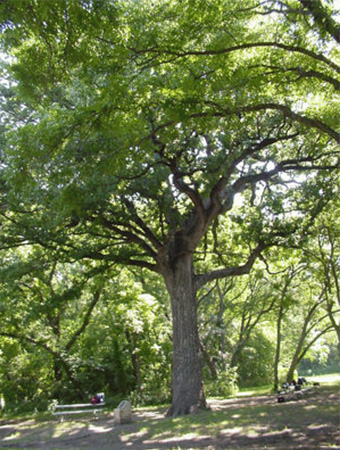Have you noticed that one of your trees is looking a little sickly? It may be suffering from an insect infestation. Insects can be a danger to tree health and frequently attack trees with a weakened immune system. If something about your tree looks irregular or deformed, be sure to give it a thorough examination. Left unaddressed, insects can become a major health care concern, feeding on a tree’s bark, roots, and leaves until the plant dies. By looking for symptoms that your tree’s health is suffering, you may be able to identify the cause and implement the appropriate treatment methods.
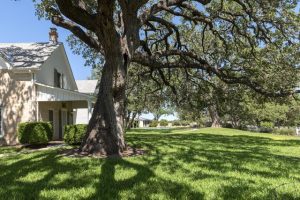
The following are a few of the most common insect types that can threaten the health and life of your plants, symptoms of an infestation, and potential treatment options.
Bagworms
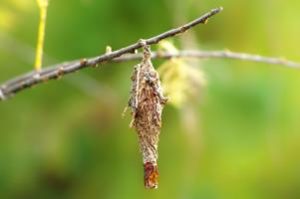
In Texas, bagworms are frequently found on conifers such as the Eastern Red Cedar and the Loblolly Pine, but will eat almost any plant material to which they have access. A single adult female bagworm has the ability to produce thousands of eggs. After hatching, the pencil-tip sized caterpillars begin to feed. Bagworms can be managed with a number of insecticides, but if you prefer to avoid contact with these chemicals, it’s best to contact a certified arborist for assistance.
Crepe Myrtle Bark Scale
Crepe Myrtle Bark Scale was first documented on Crepe Myrtles in Richardson, Texas in 2004. It has since spread through most of the North Central Texas counties and as far south as College Station. A black, sooty mold that grows on the honeydew exuded by the insect is a tell-tale sign of an infestation. The mold can be found on Texas’ favorite summer flowering tree’s leaves, twigs, branches, and trunks. The insect itself can be found on the twigs and branches, and has a white and cottony appearance. When pressed, the insect produces a red “blood”. Most contact insecticides will manage an infestation.
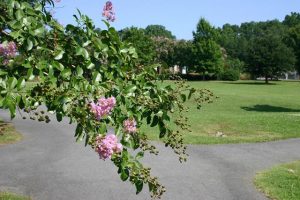
Aphids
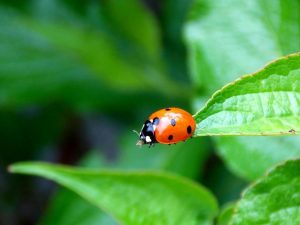
Aphids are sap-sucking insects. While aphids typically do not kill a plant, they can certainly damage its health and leave it vulnerable to other threats. They range in size from 1/16 to 1/8 inch long and are pear-shaped. They can be green, yellow, black, brown, red or pink. Wilted leaves, dying shoots and buds, and a sticky goo (honeydew excretions) that attracts sooty mold, flies, yellow jackets and bees are tell-tale signs of an aphid infestation. An aphid problem can be managed by physically removing them with a water hose blast, releasing ladybugs into the tree (available at many garden-supply stores), using horticultural oil, or by applying insecticide.
Wood-Boring Insects
Long-horned beetles or round-headed borer infestations often go undetected until plants wilt significantly or parts of plants begin to die. Wood-boring insects produce holes that are usually round, oval, or semicircular and are found in a random pattern on the plant. Woodpecker damage can sometimes be confused with that of wood-boring beetles. However, woodpecker damage will not produce the sawdust-like excrement, also known as frass, that borers produce. Wilting foliage, weak plant canopy, and dying branches are other indicators of a wood-boring insect infestation.
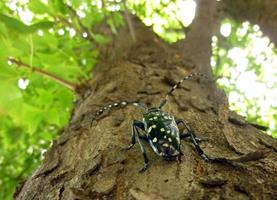
Once trees are infested, non-chemical options for borer control are limited. You may need to call Parker Tree Service for removal and destruction of a heavily-infested tree.

